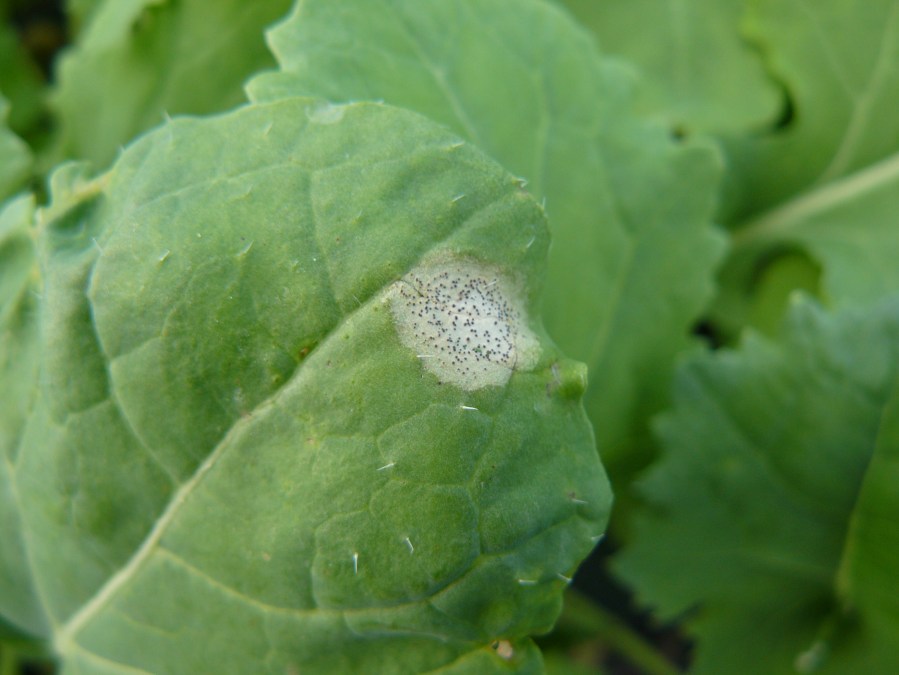Rain monitoring across the country has signalled that phoma thresholds are being reached, with early sown OSR most at risk.
ADAS monitor rain events at its regional centres, and by the end of September many were getting close to the 20-day rain event threshold. Of those, ADAS High Mowthorpe, near Malton North Yorkshire, was closest with 18 rain days – but many others are not far behind.
ADAS plant pathologist Philip Walker is advising growers to be vigilant and check crops for the first signs of the disease, especially as autumn temperatures have been quite warm. “Typically, 20 days with rain is sufficient to cause spore release from stubbles, and this will be reached in many areas soon.
“Also, the early autumn weather has been reasonably warm, which favours disease development as it requires around 120-degree days for leaf spotting to appear following initial infection,” he notes.
According to Philip, the particular risk is small plants, for example, those which haven’t established well. The smaller the plant the easier it is for stem cankers to form, he warns. “The disease spreads from the lesion, through the leaf and leaf petiole, then into the stem, forming cankers which can result in yield loss.
“Once the disease has reached the stem it is beyond the reach of fungicides, hence why monitoring for leaf spotting thresholds and timing of application is important. Smaller crops may benefit from fungicides being applied at 10% plants affected instead of delaying until 20% of plants have leaf spotting.”
SpotCheck
One option for those wanting further disease insight is through the Bayer/ADAS SpotCheck service – now in its seventh season of operation. Again, this service means farmers and agronomists will have the opportunity to send leaves in for testing for phoma, light leaf spot and powdery and downy mildew infection.
The service is free of charge and runs from October into the spring of 2023.
Project lead Richard Williams believes the service is useful to confirm the presence of OSR disease threats, but particularly valuable where LLS is suspected. “LLS can be a very tricky disease to see in a field. It is often patchy and the ‘salt grain’ spots hard to see, especially when leaf surfaces are wet,” he warns.
He sees the SpotCheck service as a support tool to help with disease control decisions, important as timing is key with limited curative fungicide activity. “Aviator (prothioconazole+ bixafen) is the most effective fungicide option, but even this will not fully eradicate established disease.”.
For more information, growers are advised to contact their local Bayer technical manager.




